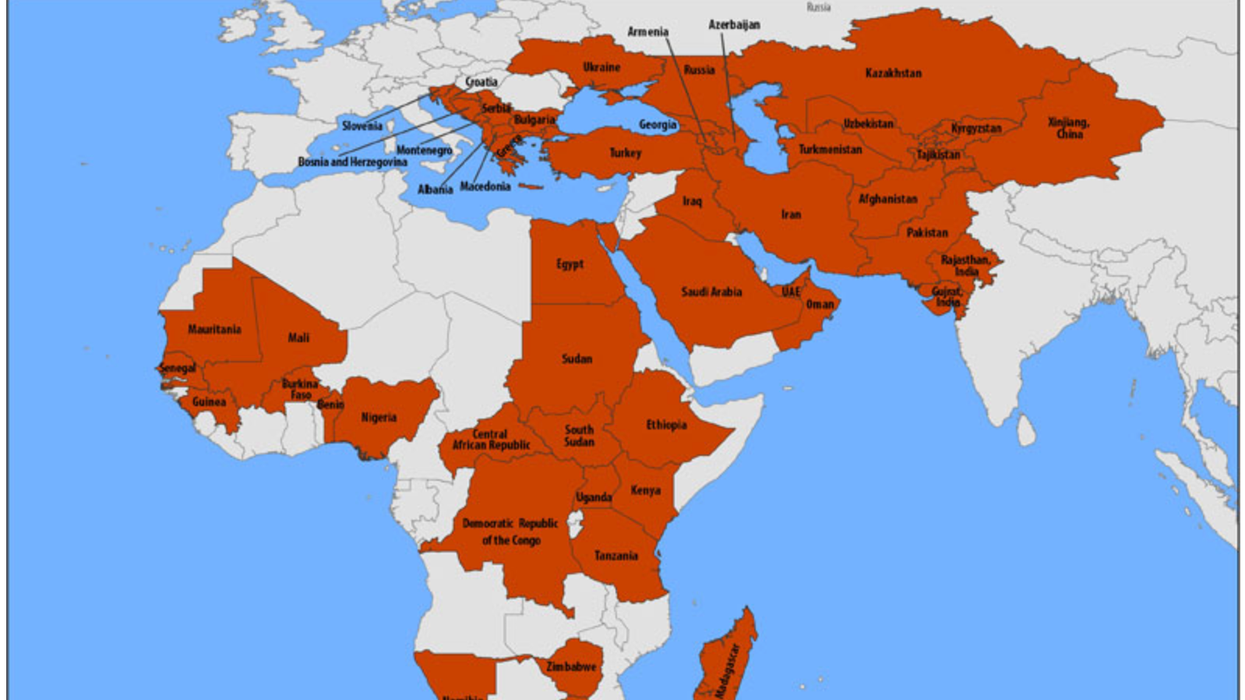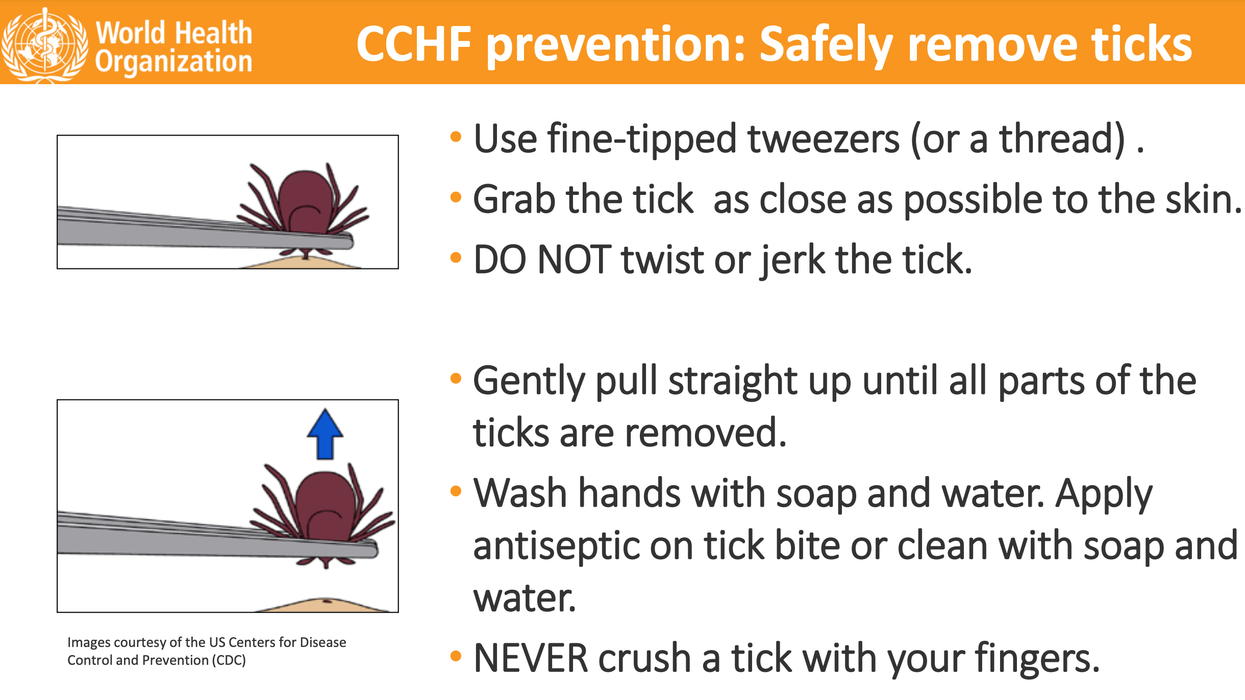Britain on lockdown alert as new killer virus which kills 40% of victims 'certain' to reach UK

Britain has been warned the killer virus is now 'certain' to reach the UK
| PA'Risk of spread' warning over CCHF which causes severe viral haemorrhagic fever outbreaks
Don't Miss
Most Read
Latest
Britain has been warned it could face another Covid-style lockdown when a new killer virus sweeping Europe reaches the UK.
Crimean-Congo hemorrhagic fever (CCHF) - which kills between 10–40% of people infected - has been identified as a major threat to public health.
The World Health Organisation says the virus - which kills 500 people every year - is mainly transmitted to people from ticks and livestock animals.
But human-to-human transmission can occur and the disease, which is endemic and has recently killed people in Africa, the Balkans, the Middle East and Asia, is now sweeping through Europe with up to three billion people now 'at risk'.
There is no vaccine.
Professor James Wood, who spoke to Parliament's Science, Innovation and Technology Committee last week, said: "It's when rather than if [the disease reached the UK].
"I think all in all likelihood. There is a risk of spread given the way that diseases emerging."
But he denied a national lockdown would be a sensible way to deal with the arrival of the virus in the UK.
Prof Wood, an academic at University of Cambridge, added: "You'd be unlikely to get the sort of respiratory transmission [seen in Covid].
"So even say, I don't want to call them extreme lockdown enthusiasts, but, someone who thinks that these measures are very important to, to impose straightaway, I don't think it would be appropriate as it's not right for this form of infection."
The hosts of the CCHF virus include a wide range of common animals including cattle, sheep and goats. They become infected by the bite of infected ticks and the virus remains in their bloodstream for about one week after infection.

CCHF is endemic across much of Africa and Asia and is sweeping through Europe
|WHO
Most human cases have occurred in people involved in the livestock industry, such as agricultural workers, slaughterhouse workers and veterinarians.
But human-to-human transmission can occur resulting from close contact via blood or other bodily fluids.
Experts say Brits can reduce their chances of getting infected by wearing long trousers when walking in tick-dense areas, like long grassland.
Prof Wood told the Mirror: "Try to keep them off our your legs, perhaps wearing long cotton trousers, either tucked into socks or not.
"It can spread but you should expect it more really in hospital-type settings where people don't realise what's going on and haven't taken appropriate safety measures, like PPE, what we are so used to seeing hospital workers wear anyway.
"The fatality rate is up to 40 per cent. A lot of so a fair number of people in Spain have died from it."
Some experts fear the disease will arrive in the UK through migratory birds, some of which have been known to carry ticks. But there is consensus that it will arrive on UK shores.

The WHO has issued guidance on how to safely remove ticks to protect against CCHF
|WHO
Prof Wood added: "There's a high level of uncertainty. There's a high level of uncertainty whether it's going to be five years, or 15, or 25 by the time it reaches UK.
"It's very difficult to add any kind of precision to that and it would be a mistake to, frankly, and so none of us are trying to say, you know that 'we're all going to die' or 'we're all doomed'.
"It's just about being aware that because of the way the world is changing, we've got to be much more aware of these sorts of infections in the way that we haven't been in the past."
The WHO said 70 per cent of cases had a known history of tick bite. The most common symptoms include abrupt onset of a fever, chills, shudders, myalgia, headaches, sicknesses and vomiting, abdominal pain and arthralgia.
Severely ill patients may experience sudden liver failure or pulmonary failure after the fifth day of illness with death occurring in the second week after infection. In patients who recover, improvement generally begins on the ninth or tenth day after the onset of symptoms.










